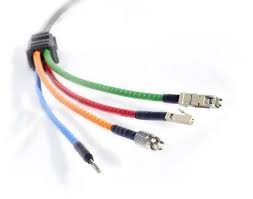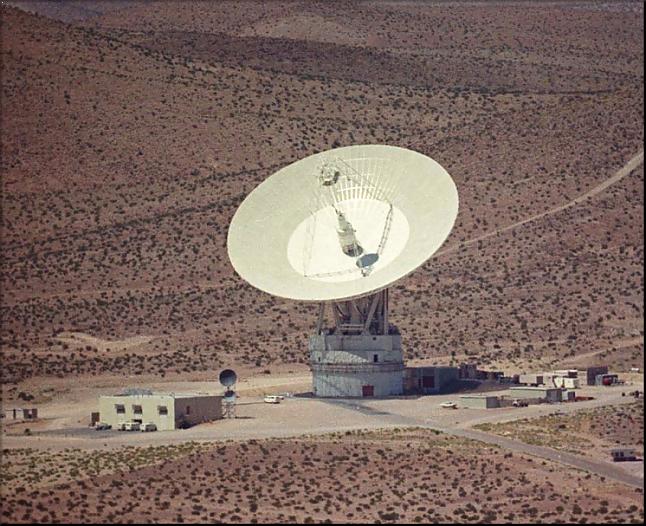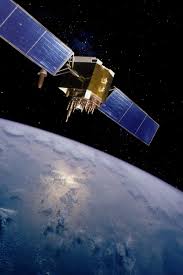From wire to wireless
Telecommunications is the exchange of information in any form (voice, data, text, images, audio, and video) over networks.
Wired telecommunication carriers mainly provide telecommunications services such as such as wired (landline) telephone, digital subscriber line (DSL) Internet, and cable TV and Internet services. These organizations route TV, voice, Internet, data, and other content over a network of wires and cables, and control access to this content. They may own and maintain networks, share networks with other organizations, or lease network capacity from other companies. Establishments in the telecommunications industry, however, do not create the content that is transmitted over their networks, such as TV programs (Establishments that create television programming are described in the Career Guide sections on the broadcasting and motion picture and video industries). Wired telecommunications also includes direct-to-home satellite television distributors and a variety of other businesses.
Telecommunications channel make use of a variety of telecommunications media. These include twisted-pair wire, coaxial cables, and fiber-optic cables, all of which physically link the devices in a network.
Wired telecommunication carriers mainly provide telecommunications services such as such as wired (landline) telephone, digital subscriber line (DSL) Internet, and cable TV and Internet services. These organizations route TV, voice, Internet, data, and other content over a network of wires and cables, and control access to this content. They may own and maintain networks, share networks with other organizations, or lease network capacity from other companies. Establishments in the telecommunications industry, however, do not create the content that is transmitted over their networks, such as TV programs (Establishments that create television programming are described in the Career Guide sections on the broadcasting and motion picture and video industries). Wired telecommunications also includes direct-to-home satellite television distributors and a variety of other businesses.
Telecommunications channel make use of a variety of telecommunications media. These include twisted-pair wire, coaxial cables, and fiber-optic cables, all of which physically link the devices in a network.

Twisted–pair wire also known as ordinary telephone wire, consisting of copper wire twisted in pairs, is the most widely used medium for telecommunications. These lines are used in established communications networks throughout the world for both voice and data transmission. Twisted-pair wiring is wrapped or shielded in a variety of forms and used extensively in home and office telephone systems and many local area networks and wide area network. Transmission speeds range from 2 million bits per second (unshielded) to 100 million bits per second (shield). It is cheap and easy to install.

Coaxial cable consists of a sturdy copper or aluminum wire wrapped with spacers to insulate and protect it. The high-quality lines can be placed underground and laid on the floors of lakes and oceans. They allow high-speed data transmission from 200 million to over 500 million bits per second – 200-500 Mbps. Coaxial cables are used in television cable, short-distance connections of computers, peripheral devices and other worksites for local area networks.

Fiber optics uses cables containing of one or more hair-thin filaments of glass fiber wrapped in a protective jacket. They can conduct pulses of visible light elements (photons) generated by lasers at transmission rates as high as trillions of bit per second, Tbps. Fiber-optic cables are not affected by and do not generate electromagnetic radiation; therefore, multiple fibers can be placed in the same cable. It is freedom from electrical interference and less susceptible (noise) and, therefore, more secure. It is the most expensive when compare to coaxial cable and twisted-pair cable.
Wireless telecommunications carriers provide telephone, Internet, data, and other services to customers through the transmission of signals over networks of radio towers. The signals are transmitted through an antenna directly to customers, who use devices, such as cell phones and mobile computers, to receive, interpret, and send information. A large component of this industry segment consists of companies that provide cellular phone service, which has grown rapidly over the past decade. Another component includes establishments that deliver mobile Internet services to individuals with Internet-enabled cellular phones and computers.
Wireless telecommunications carriers are deploying several new technologies to allow faster data transmission and better Internet access. With faster connection speeds, wireless carriers can transmit music, videos, applications, and other content that can be downloaded and played on cellular phones, giving users mobile access to large amounts of data. In addition, as use of this mobile technology increases, wireless companies continue to develop the next generation of technologies that will allow even faster data transmission.
Wireless telecommunications technologies rely on radio wave, microwave, infrared, and visible light pulses to transport digital communication without wires between communications devices. Wireless technologies include terrestrial microwave, communication satellites, cellular and PCS telephone and pager system, mobile data radio, wireless LANs, and various wireless technologies.

Terrestrial microwave involves earthbound microwave system that transmit high-speed radio signal in a line-of-sight path between relay stations spaced approximately 30 miles apart. Microwave antennas are usually placed on top of buildings, towers, hills, and mountain peaks, and they are familiar sight in many sections of the country.

A short-range wireless technology called Bluetooth is rapidly being built into computers and other devices.. Bluetooth serves as a wire-and cable-free wireless connection to peripheral devices such as computer printers and scanners. Bluetooth operates at about 1 Mbps and has an effective range from 10 to 100 meters. Given its fairly low cost to implement, Bluetooth is set to revolutionize telecommunication.

Communication satellites also use microwave radio as their telecommunications medium. Satellites are powered by solar panels and can transmit microwave signals at a rate of several hundred million bits per second. Communication satellites systems are operated by several firms, including Comsat, American Mobile Satelite, and Intellsat.